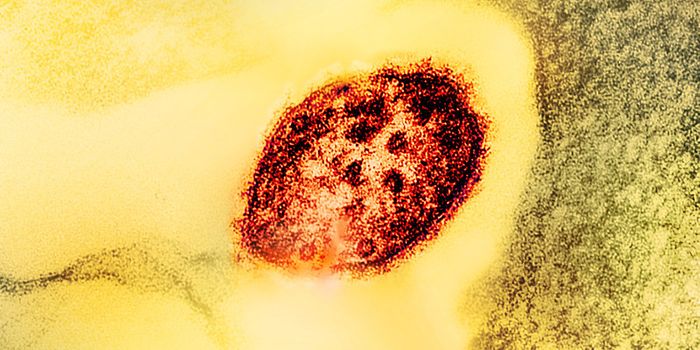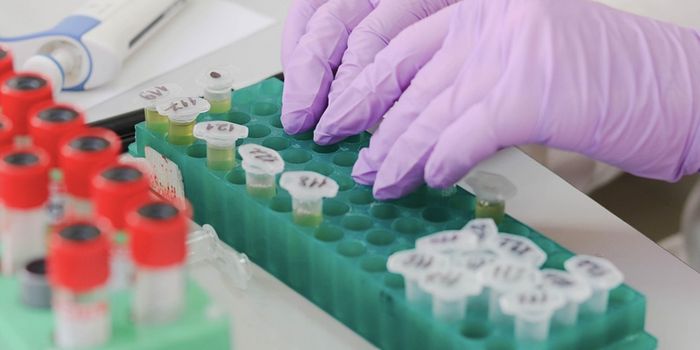Gene Marker PACS a Punch for Cervical Cancer Treatments
In cervical cancer, mutations in healthy cells cause cells to grow and multiply uncontrollably, invading surrounding tissues and spreading around the body. Infection by the human papillomavirus (HPV) and lifestyle factors are among the root causes of the disease. In 2020, nearly 14,000 women in the U.S. will be diagnosed with invasive cervical cancer and over 4,000 will die from it.
Chemotherapy and radiation are standard clinical interventions for cervical cancer. However, the problem is that not every patient will respond favorably to these treatments. Until now, there is no way for physicians to distinguish which subset of patients will benefit from standard treatment strategies and which should opt for alternatives.
Now, cancer experts from UCLA have identified a gene called PACS-1, which when expressed at high levels in cervical cancer tissues, points towards possible resistance to chemo treatment. The scientists were able to track the dynamics of the PACS-1 protein in cells derived from primary tumors and made an interesting discovery.
When the PACS-1 protein translocated from the cell’s cytoplasm to the nucleus, this made the cell resistant to killing by cancer therapeutics. This occurred through the PACS-1-mediated suppression of the DNA damage response — an in-built safety mechanism in cells that repairs DNA to prevent the generation of deleterious mutations.
The study, published in the Journal of Biological Chemistry, suggests that PACS-1 represents a viable diagnostic marker that could contribute to improved therapeutic strategies for patients with chemo-resistant cervical cancer. The authors suggest that treatments that suppress PACS-1 expression in combination with chemotherapeutics or immuno-oncology approaches might be the key to addressing these tumors which until now, have been deemed untreatable.
Source: Journal of Biological Chemistry.









